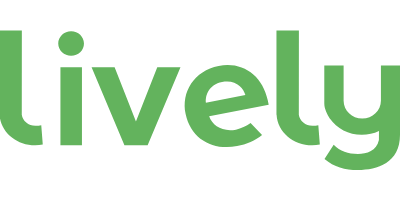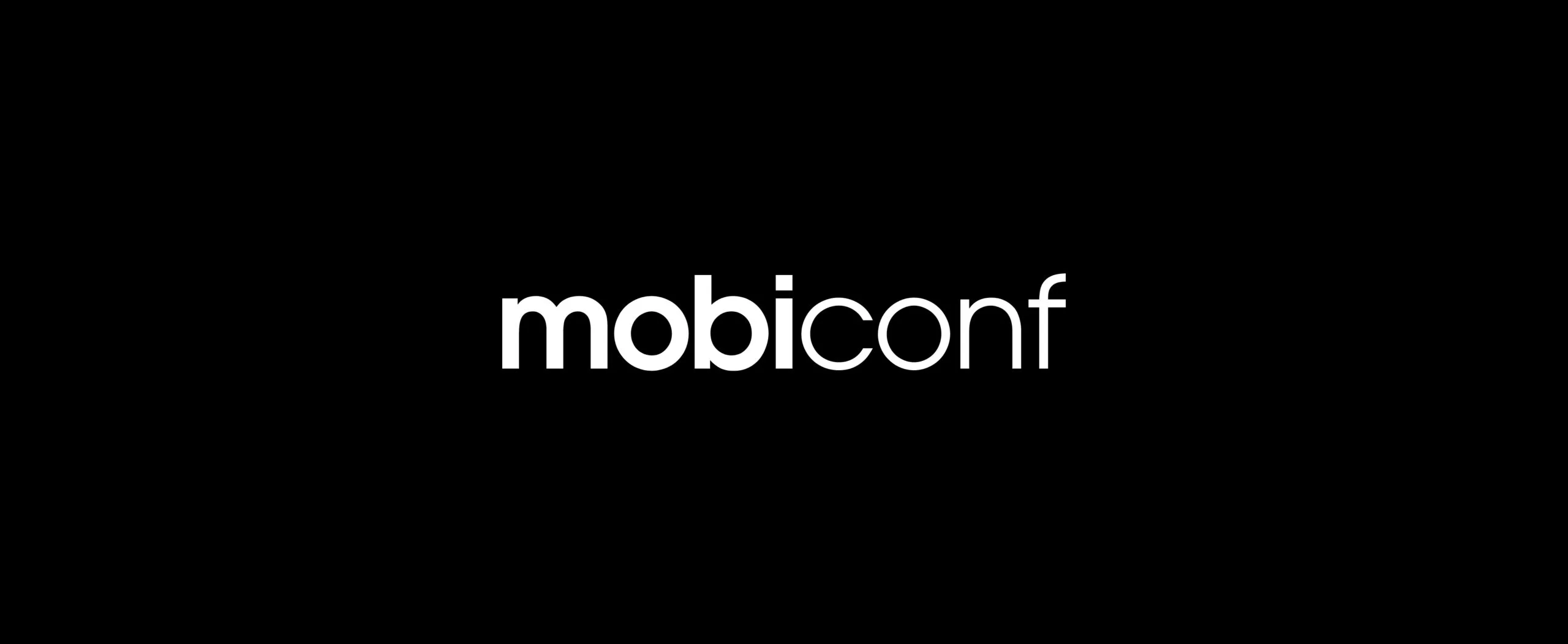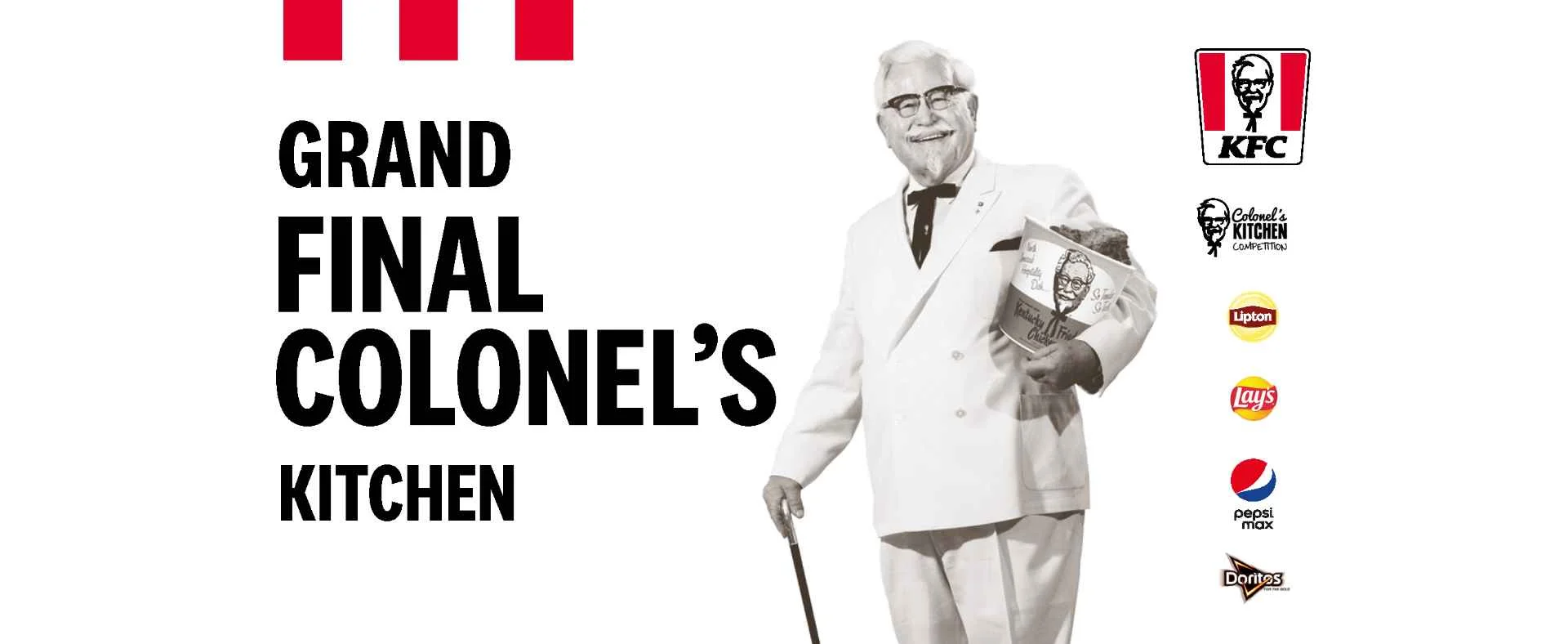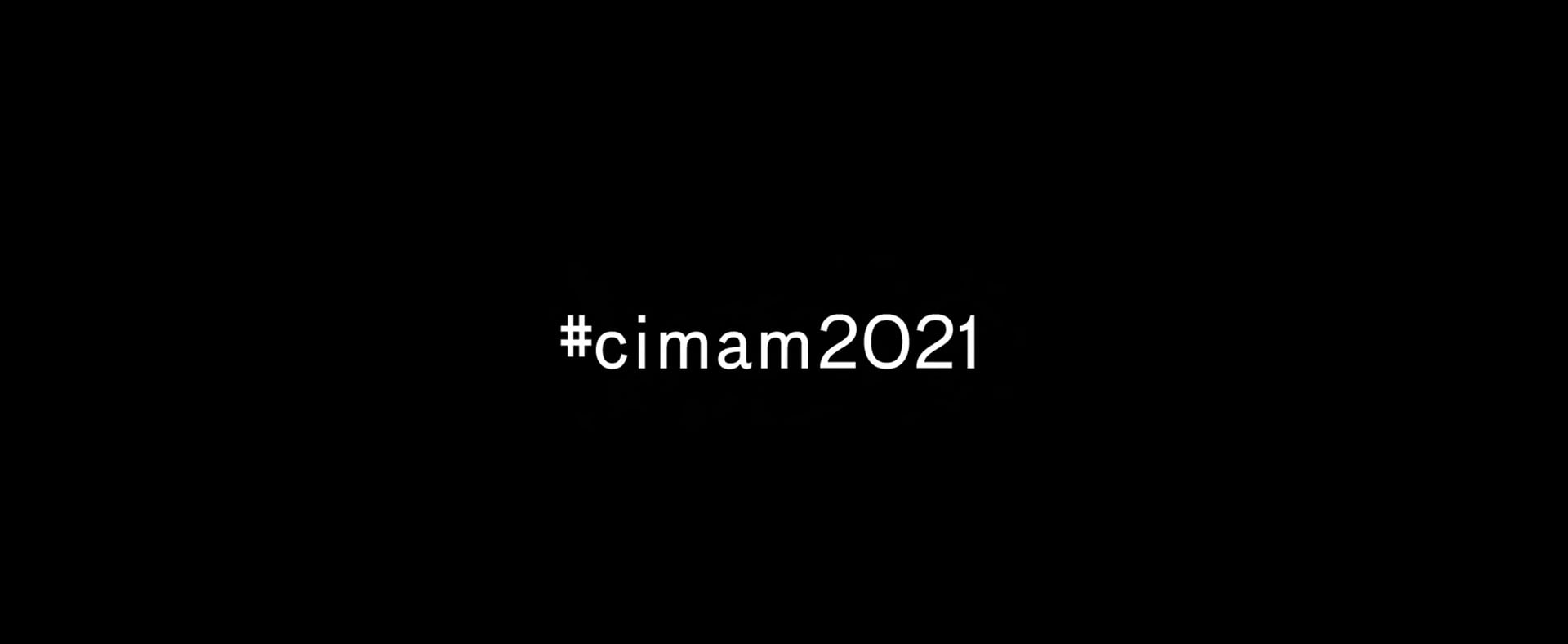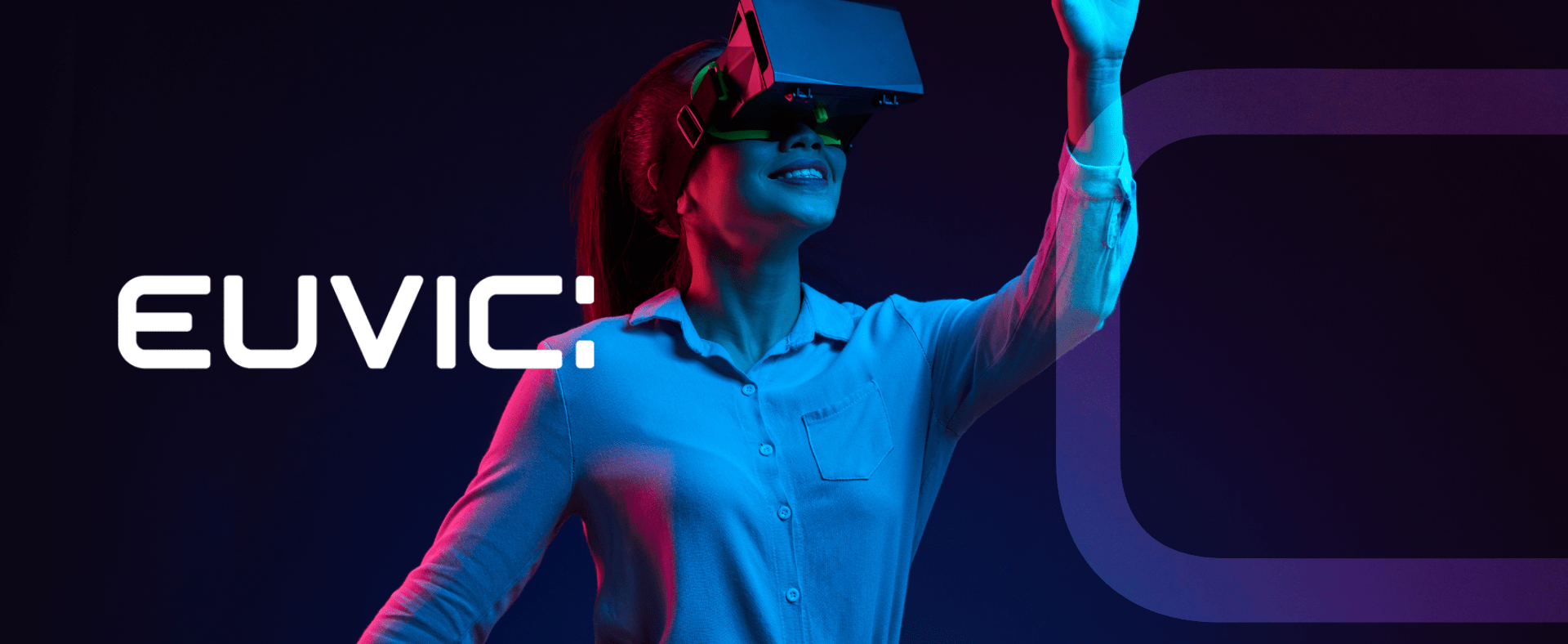
General description
The main goal of our work was to come up with a new design of the website that the client uses on a daily basis. Any redesign of a product carries the huge risk that it may turn out to be wrong, visually unappealing or simply inadequate. It was a big challenge to recreate the website that the company had been using for years, which it had built its branding around and obviously become attached to. This process had to be very well thought out, supported with plenty of research and tests, so that the final design not only met all expectations and brought a touch of freshness, but also retained all the most important features of the brand.
Website
We started the process of creating the new website and its visual identification by carrying out research to analyse its current state. We analysed the data from Google Analytics, among others, and we also received a quantitative report on user behaviour on the site, which clearly showed the errors that we needed to fix. After analysing all user behaviour, we started brainstorming, collecting ideas and coming up with improvements for the processes taking place on the website, such as accessing specific forms. So this basically meant looking at the entire user experience. Of course, at this stage, a vital part of our work consisted of regular discussions and workshops with the client, who defined the goals and needs that the new website was expected to meet.
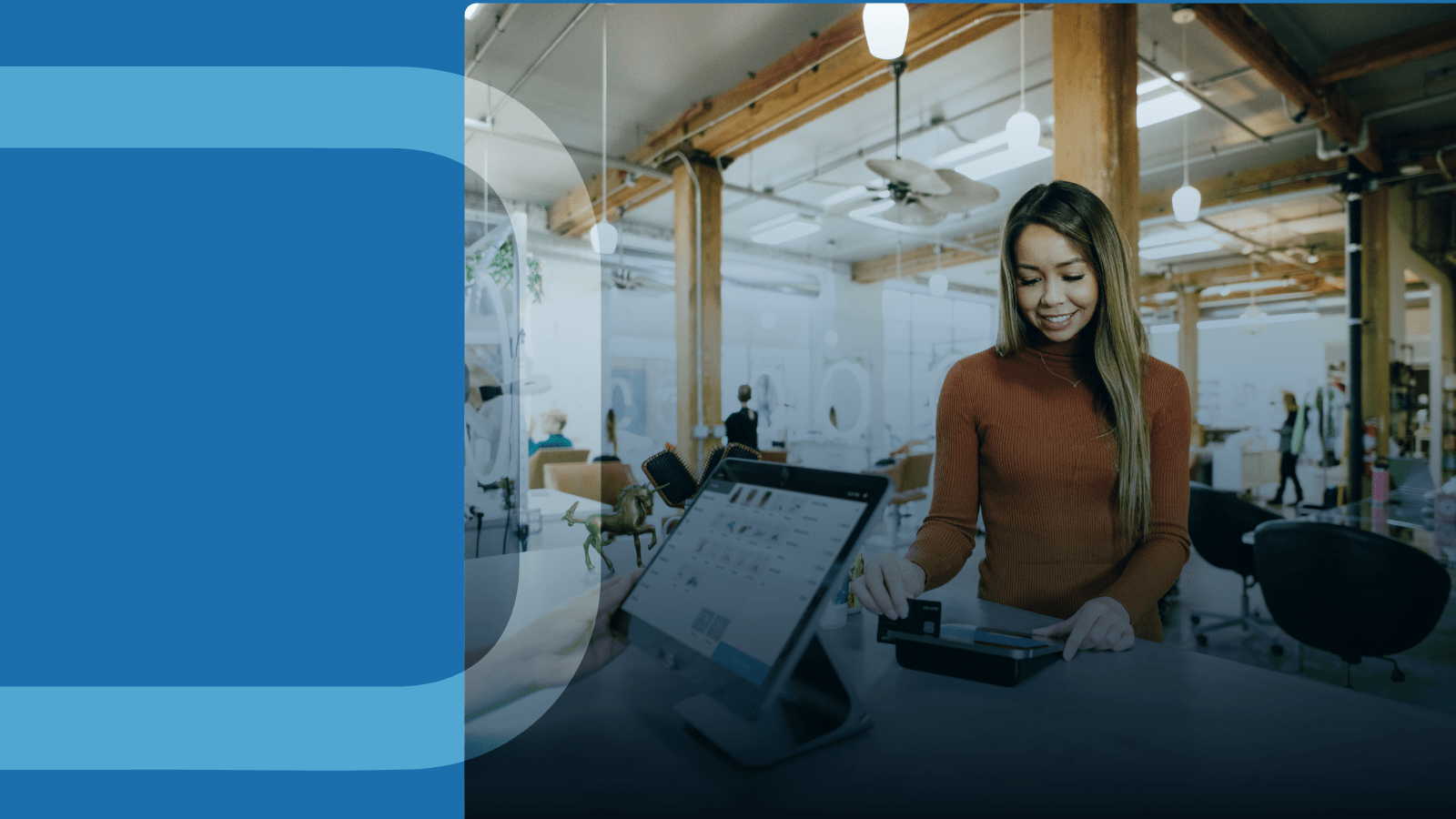
User Experience (UX)
After the first arrangements, including the needs analysis and interviews, it was time for the first draft solutions. In order to plan the information architecture well, we had to know what the users were looking for on the website, and where they were looking. After our research, we were able to start the first low-fidelity sketches.
The redesign process didn’t only involve proposals for a new visual identification, but also a functional redesign of the website. We proposed solutions to the various problems that emerged during the research stage and which had a significant impact on the user flow. Of course, all this was an inseparable process of building a solid foundation for the proposed visual solutions that would come in the subsequent stages.
User interface (UI)
After the UX process, it was time for the visual design. This stage was based on:
- the requirements of the client,
- our conclusions collected at the research stage,
- the standards and guidelines of the company that had already created its visual identification.
We didn’t create the entire visual strategy from scratch, but built a new design based on the most characteristic existing elements that helped to freshen up the website and give it a new look. A key element in the process was its usability for people, which was very important both for us and for the client, and this fact was in evidence from the very beginning of our work. The final design is the result of dozens of hours of workshops, as well as studies, drafts and changes, both small and huge, all of which influenced the whole look of the website.
Statistics
Online event statistics:
- Platform: website
- 100% online
- Duration: half a year

